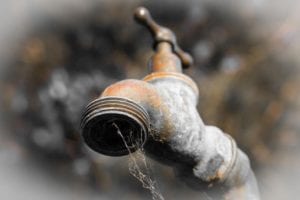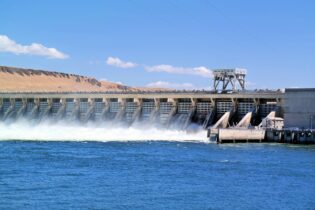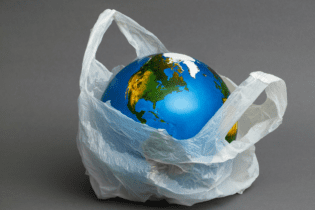The Department of Water and Sanitation in the Eastern Cape is calling on residents to adhere to water restrictions imposed by their local municipalities to ensure water security.
This is as dam levels in the Nelson Mandela Bay Metro continue to decline on a weekly basis, recording a cumulative percentage of 12.1% this week from last week’s 12.3%. The Metro, which has been hit by drought since 2015 is seeing most of its dams lowering at concerning percentages. According to a weekly report on the status of dam levels issued by the Department early this week, Kouga Dam is at 12.8% from last week’s 13.1%. Impofu Dam on the Krom River has also declined and sitting at 10.1%, Groendal Dam is at 21.1% from 22.0% recorded in the previous week while Loerie Dam is slightly below average at 43.6% from 43.0%. “One of the reasons we can attribute the low dam levels to is that there has only been six months of rainfall above the average monthly rainfall since 2018. Weather experts are predicting that the marginal rainfall received will persist for the remainder of the year. Whereas, what is needed is rainfall of 50mm in 24 hours to get runoff to the dams,” said the Department’s spokesperson Sputnik Ratau. The Department has since recommended to the Metro that severe restrictions of 40% should be implemented in order to maintain the supply of water to affected communities. “What we then did to assist the Metro was to fast-tract the completion of the Nooitgedacht water scheme which supplies water from the Orange Fish River system and currently supplies 210ML/day to the Metro,” said Ratau.He added that the scheme was intended to supply water to the eastern side of Nelson Mandela Bay Metro but through collaborative efforts aimed at ensuring that the western side of the Metro does not dry out, 90ML/day is being pumped through to the western side, with the aim to increase to 120ML/day.
“I want to emphasise to residents that as things stand, the best way out of this situation is for all of us to reduce our water usage immediately and substantially. Overall, water use must be reduced by 50 million litres per day from the current level of 280 million litres per day down to 230 million litres per day,” he said. While calling for this, Ratau expressed optimism as the Amathole and Butterworth Water Supply Systems remain at above average percentages at 75.8% and 99.0% respectively. “We acknowledge that the situation is quite dire on the western side of the province and urge everyone, business, civil society and institutions to all play their role. We need to use water sparingly and with the outmost care,” he concluded. Furthermore, the Department has pleaded with community members to refrain from vandalizing water infrastructure, cautioning that vandalism has adverse impact on reliable water supply.






